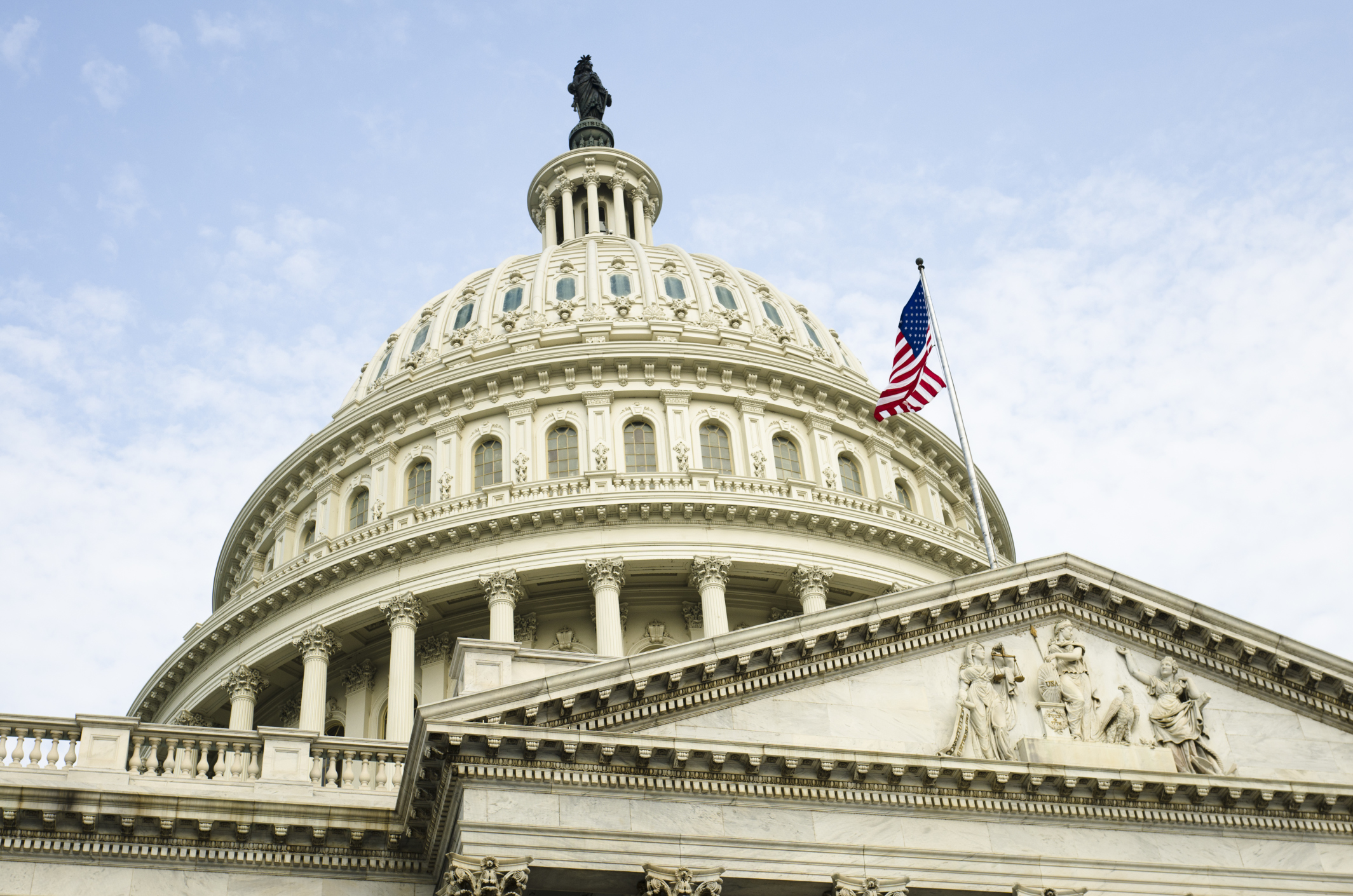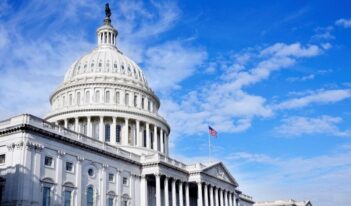
Commentator offers ideas for regulatory reform with bipartisan appeal.
Over the last five years, politicians have increasingly called for a major overhaul of the regulatory state as a potential solution for jump-starting the economy by freeing up the private sector to create new jobs. A research memorandum released recently by the Administrative Conference of the United States documents how members of Congress have, over the last several sessions, introduced dozens of reform bills, most of which would either strip power away from agencies or impose additional procedural strictures on the rulemaking process.
Although these efforts have been partially bipartisan, with certain bills introduced by Democrats and several more cosponsored by politicians from both sides of the aisle, the vast majority have been sponsored by Republicans. Similarly, almost every regulatory reform bill to receive a vote in committee or on the floor of either chamber has received overwhelming Republican support and equally lopsided Democratic opposition.
This dynamic is not especially remarkable; the Republican Party has long conceived of itself as the party of “less government,” whereas the Democratic Party styles itself as the champion of governmental solutions for resolving perceived social ills. Nevertheless, if one looks beyond the rhetoric, it seems that partisans on both the left and the right frequently worry about the same underlying problem, albeit different aspects of it. Both Republicans and Democrats point to the same symptoms of governmental dysfunction; they just perceive these ills as problematic for different reasons.
Although it would be naïve to suppose that the two sides will somehow reach across-the-board consensus and settle upon a comprehensive suite of bipartisan regulatory reforms, there are some areas of overlap wherein the left and the right might agree on targeted improvements to the status quo. This essay explores two of these: regulatory experimentation and retrospective review, and diversified stakeholder participation.
Consider regulatory experimentation first. From a conservative perspective, the United States has succumbed to an ever-expanding regulatory state, with unelected bureaucrats piling regulation upon regulation, strangling the engines of job creation and stifling economic growth. To progressive eyes, the situation looks rather different, with benevolent regulators striving in vain to protect the public good as an ossified rulemaking process and aggressive judicial review hamstring agencies’ efforts to pass needed regulations. Despite their differences, both perspectives contain a kernel of truth: the regulatory burden has indeed expanded over the last several decades, yet the process for enacting new rules has become increasingly challenging.
Beyond the partisan rhetoric lies a potential cause for both phenomena: the almost exclusively prospective nature of regulatory policymaking. Once enacted, regulations become virtually impossible to eliminate, as both agencies and vested interests have a strong incentive to defend the status quo. Thus, regulatory opponents must concentrate all of their efforts on the front end, sedulously lobbying the agency to abandon or water down new rules and, once those rules are issued, pursuing all available challenges in the courts. The regulatory burden therefore grows more ponderous over time even as the pace at which new rules are enacted slows.
A potential solution to this conundrum would involve more robust retrospective review and a greater openness to regulatory experimentation, trying out a variety of regulatory approaches and empirically testing which ones achieve the desired goals at minimum cost to regulated parties. Past efforts at retrospective review, which date to the Carter Administration, have largely failed because they rely upon agencies to review their own rules. Reversing this dynamic requires empowering some party with an incentive to disrupt the status quo to challenge existing rules.
One possible approach might involve creating an independent commission empowered to identify rules for rescission, which is the solution favored in bills like the SCRUB Act and Regulatory Improvement Act. In a recent article, I propose expanding the use of petitions for rulemaking to allow private parties to propose collaborative alternatives to existing command-and-control regulations. A more modest approach would involve agencies’ articulating a plan for periodically reassessing all new rules and soliciting stakeholder input on whether those rules are achieving their intended goals, as currently practiced by the EU Commission and recommended to U.S. agencies by the Administrative Conference. The Smarter Regs Act of 2015, which was recently reported favorably by the Senate Governmental Affairs Committee (with unanimous, bipartisan support), would require agencies to integrate plans for future retrospective review of major rules.
Each of these approaches faces certain drawbacks, and none is likely to prove a panacea. Nevertheless, if there is some mechanism for “right-sizing” the regulatory burden over time, the perceived need to challenge all new rules might dissipate, ideally promoting a more productive dynamic between regulators and regulated parties as both seek constructive solutions for protecting the public interest while minimizing economic burdens.
Now consider a second opportunity for bipartisan regulatory reform: expanding stakeholder participation. For decades, public choice scholars have assailed the regulatory policymaking process as highly susceptible to capture, contending that large businesses influence agency decision-making, convincing regulators to avoid taking actions that would alienate potential future employers in the private sector. More recently, Wendy Wagner and other scholars on the left have described the capture problem from another perspective, contending that corporations exercise undue influence by flooding agencies with information during the notice-and-comment process. Again, both narratives are likely at least partly correct, and the end result is a state of affairs that is unpalatable to both progressives and conservatives: large businesses have come to dominate mechanisms for public participation to the exclusion of civil society organizations (an anathema to those on the left) and small businesses and the consuming public (much to the chagrin of the right).
Given this dynamic, expanding the range of participants in agency policymaking is an idea that should win support on both sides of the aisle. A modest but eminently bipartisan reform might involve using social media and other internet tools to extend the range of potential participants in traditional notice-and-comment rulemaking, as suggested in a suite of recommendations issued by the Administrative Conference. Cornell University’s e-Rulemaking Initiative, led by Professor Cynthia Farina, has taken the additional step of creating an internet platform for facilitating enhanced public participation in a handful of rules. A more ambitious reform might involve convening advisory committees containing a representative sample of citizens to provide substantive input on proposed rules, as I have suggested in another forthcoming article. Agencies might also draw upon EU practices, which involve convening a diverse group of key stakeholders to offer input prior to the formulation of a new rulemaking proposal. Agencies’ past experience in the area of negotiated rulemaking might prove a useful precedent for this approach.
To succeed, such efforts to expand stakeholder input must achieve some semblance of balance, expanding opportunities for NGOs, small businesses, and everyday citizens alike. This may result in increased enthusiasm for expanded regulation in certain areas but also strong sentiment to reduce regulatory burdens in others. As such, these reforms may not prove uniformly appealing to either the left or right, but they would combat the so-called “crony capitalistic” alliance between government and industry that both right- and left-wing partisans decry.
Given the realities of divided government, major changes to the existing regulatory apparatus seem unlikely to occur, yet the extreme partisan rhetoric suggests a high degree of dissatisfaction with the status quo on both sides. Despite an unbridgeable gulf between those forces pushing for more regulation and those seeking less, there may actually exist significant opportunities to make improvements in regulatory experimentation and stakeholder participation, issues on which both sides in the regulatory debate have diagnosed similar problems and are likely to support similar solutions. Regardless of whether the reforms explored in this essay elucidate the optimal path forward, the two areas discussed here present meaningful opportunities for mutually acceptable improvements to the regulatory state.




